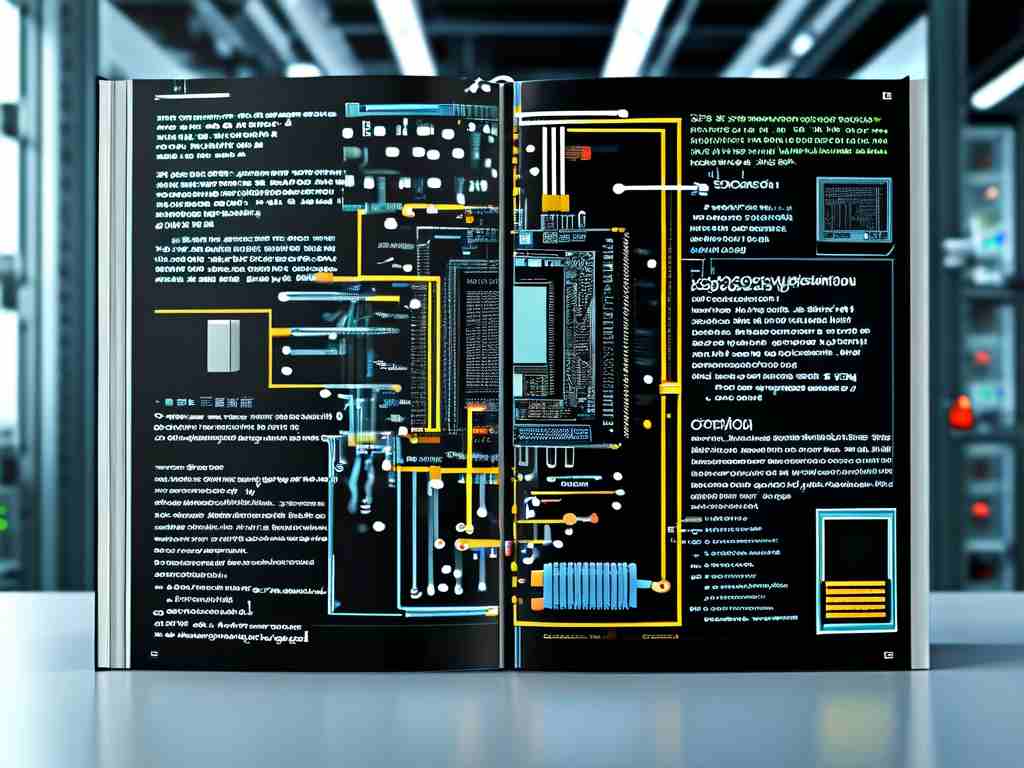Succeeding in embedded development exams requires a blend of theoretical knowledge and hands-on expertise. As a specialized field combining hardware and software engineering, university assessments often test students’ ability to design, debug, and optimize embedded systems. This article explores actionable strategies to tackle these exams confidently while addressing common pitfalls.

Understanding Exam Scope
Embedded development exams typically focus on microcontroller architectures, real-time operating systems (RTOS), peripheral interfacing, and low-level programming in C or Assembly. For instance, questions might involve writing code snippets to configure GPIO pins on an ARM Cortex-M processor or analyzing interrupt service routines (ISRs) for timing efficiency. Students must familiarize themselves with datasheets and reference manuals, as these documents often form the basis of exam scenarios.
A recurring challenge is balancing time constraints during practical sections. Consider this example:
void TIM2_IRQHandler(void) {
if (TIM2->SR & TIM_SR_UIF) {
GPIOA->ODR ^= (1 << 5); // Toggle LED on PA5
TIM2->SR &= ~TIM_SR_UIF; // Clear interrupt flag
}
}
Questions might ask students to identify errors in such ISRs or calculate timer frequencies. Practicing with development boards like STM32 Nucleo helps internalize these concepts.
Effective Study Techniques
- Simulation Over Memorization: Use tools like Proteus or QEMU to simulate embedded environments. For example, debugging a virtual UART communication problem reinforces understanding of baud rate calculations and buffer management.
- Pattern Recognition: Exam problems often reuse core concepts. A task involving PWM signal generation for motor control might reappear as a servo calibration question with adjusted parameters.
- Resource Management: During exams, prioritize questions based on weightage. Allocate more time to complex design problems (e.g., creating a state machine for a vending machine controller) than to definition-based queries.
Common Pitfalls to Avoid
- Overlooking Optimization: Embedded systems demand resource efficiency. A poorly optimized algorithm that consumes excessive CPU cycles might work in theory but fail practical grading criteria.
- Misinterpreting Hardware Constraints: Ignoring voltage levels or pin multiplexing rules when answering schematic design questions can lead to significant point deductions.
- Neglecting Documentation: Even correct code may lose marks if lacking comments explaining register configurations or logic flow.
Case Study: Temperature Monitoring System
A typical exam problem might require designing a system using an STM32 microcontroller, DS18B20 sensor, and LCD display. Students must:
- Interface the 1-Wire protocol for the sensor
- Implement temperature threshold alerts
- Display data on the LCD with refresh rate constraints
Sample code structure:
int main(void) {
HAL_Init();
DS18B20_Init();
LCD_Init();
while (1) {
float temp = DS18B20_ReadTemp();
LCD_DisplayTemp(temp);
if (temp > 40.0) BUZZER_Alert();
HAL_Delay(1000);
}
}
Examiners often evaluate code efficiency, error handling, and adherence to hardware limitations in such scenarios.
Mastering embedded development exams hinges on systematic preparation and practical experimentation. By combining simulation tools with targeted practice on real hardware, students can bridge the gap between textbook concepts and exam requirements. Focus on understanding underlying principles rather than rote learning, and always validate solutions against real-world constraints. With these strategies, tackling even the most challenging embedded systems questions becomes a structured and manageable process.









